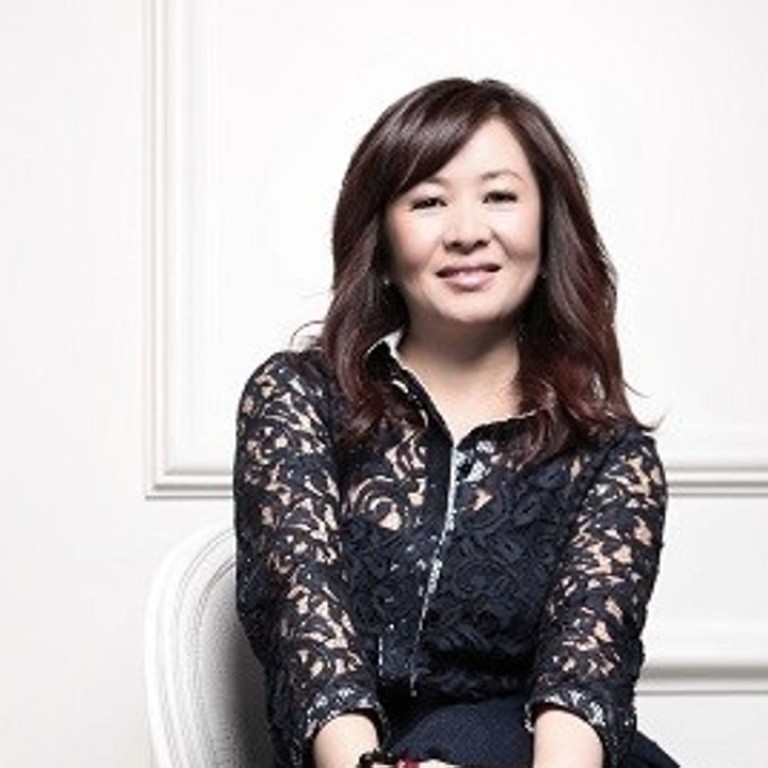Yoox-Net-a-Porter Group, China, boss Claire Chung says luxury brands need to understand the new generation

Chung says the younger generation of Chinese shoppers have different values and interests, and brands need to develop strategies that are targeted at new Chinese consumers and make use of Chinese platforms
With a career not only spanning, but creating global fashion e-commerce, Claire Chung is a renowned expert on Chinese and international retail, digital, fashion and culture.
Speaking five languages and having lived across continents, Chung was a pioneer in leading Chinese cross-border commerce, launching China’s first luxury multibrand online fashion retailer. As vice-president of ShangPin.com, Chung forged epic deals, bringing global brands and Western government entities into China with strategic partnerships.
In 2015, Chung moved into a newly created executive role at Net-a-Porter group level, to expand all businesses in the China market. After the historic merger between Net-a-Porter Group and Yoox Group, which created the world’s number one retailer in luxury, Chung was promoted to lead all of the Yoox-Net-a-Porter Group‘s businesses in China.
We met with Chung to hear her insights on the China luxury market.
We have seen so many brands enter China – while more are in the process or considering the level of involvement. How do you see the ‘entering China’ topic in 2018?
When I joined the business in 2015, it was in a newly created executive position at group level, with many of the functions reporting into China vs HQ. This was a big shift and recognition of the importance of the China market and a realisation of how empowering the local team is the only road to success.
In the digital sphere, China has a unique ecosystem that is different from the rest of the world – especially pertaining to marketing functions. Localisation is a big focus at the Yoox- Net-a-Porter Group and China had its own dedicated China Plan. We all know of many companies entering and exiting China simply because they replicated the global model and never bothered to localise and truly try to understand the market and its evolving luxury customer base.